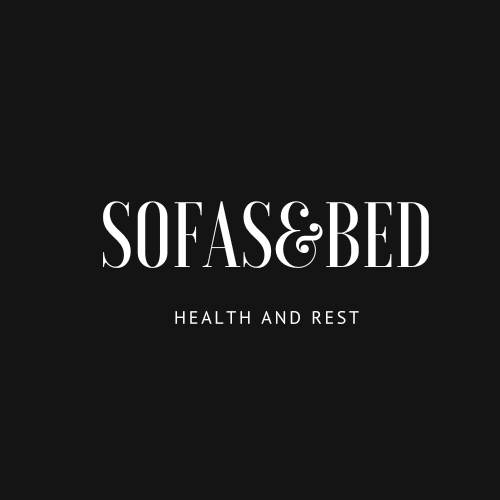Sleep Hygiene Practices for Better Rest
Understanding Sleep Hygiene
Sleep hygiene refers to practices that help improve sleep quality. By adopting these habits, you can enhance your rest and wake up feeling refreshed.
Establishing a Consistent Sleep Schedule
Going to bed and waking up at the same time every day helps regulate your body’s internal clock.
Benefits of a Regular Sleep Schedule
- Improved sleep quality
- Enhanced daytime alertness
- Better overall health
Focus Keyphrase: Sleep Hygiene Practices
Creating a Sleep-Conducive Environment
Optimize Your Bedroom for Sleep
Ensure your bedroom is dark, quiet, and cool to promote better sleep.
Invest in Quality Sleep Accessories
A supportive mattress and comfortable pillows can make a significant difference in your sleep quality.
Tip: Use Blackout Curtains
Block out light with blackout curtains to create an ideal sleep environment.
Limit Exposure to Screens Before Bed
The blue light emitted by screens can suppress melatonin production, making it harder to fall asleep.
Use Blue Light Filtering Apps
Enable night mode on your devices or use apps that filter out blue light in the evening.
Pro Tip: Read Before Bed
Choose physical books over e-readers to avoid screen time before sleep.
Additional Sleep Hygiene Tips
Avoid Stimulants Before Bedtime
Limit caffeine, nicotine, and alcohol in the hours leading up to bedtime to prevent sleep disruptions.
Healthy Alternatives
Opt for herbal teas or warm milk instead of caffeinated beverages in the evening.
Tip: Stay Hydrated
Drink water throughout the day, but reduce intake close to bedtime to minimize nighttime awakenings.
Engage in Relaxing Activities Before Bed
Activities like meditation, deep breathing, or yoga can help prepare your body for restful sleep.
Benefits of Relaxation Techniques
These techniques reduce stress and promote relaxation, making it easier to fall asleep.
Pro Tip: Try Progressive Muscle Relaxation
This technique involves tensing and relaxing each muscle group to release physical tension.
